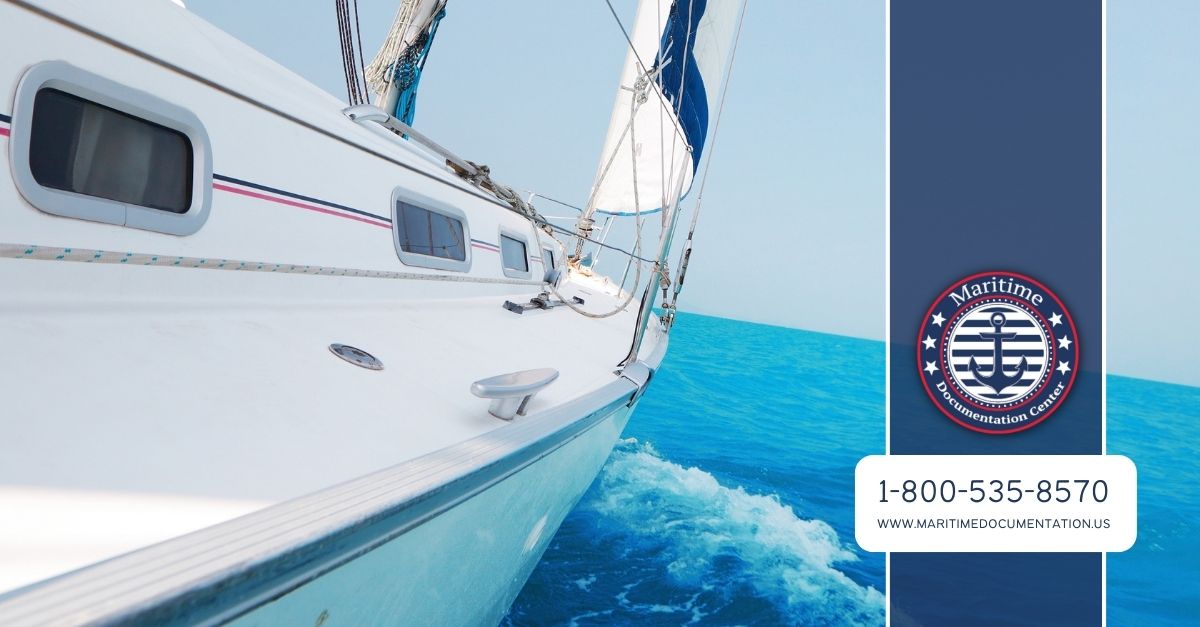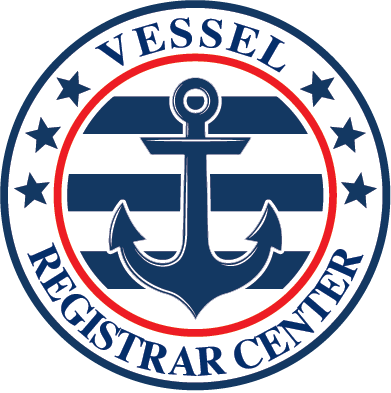If you are the owner of a United States Coast Guard vessel, you know that maintaining your boat in a manner that is by applicable laws is essential to ensure safe navigation. But what exactly are the boat documentation standards that Coast Guard boats need to adhere to? In this post, we will provide you with a breakdown of all the information you need to maintain the legality of your boat. In addition, we will advise on how to simplify the procedure as much as possible. The following are some suggestions that might assist you in ensuring that the paperwork aboard your yacht is up to date and complies with USCG requirements.
Make Sure Your Documentation Number Is Displayed Prominently On Your Vessel
Understanding what forms you need to fill out to register and insure your boat in the United States can be daunting if you are a boat owner or operator. The paperwork for your ship must comply with the stringent standards set out by the United States Coast Guard. Likewise, the U.S. Coast Guard insists on precision and timeliness in all boat documentation. For instance, if you move after acquiring your vessel’s paperwork, you have ten days to inform the USCG of the new location.
You must notify the U.S. Coast Guard within 30 days of any change to your boat’s official number (such as a new owner claiming ownership of a vessel previously registered to someone else). Penalties and fines may be imposed for rule violations. The boat documentation number should be visibly posted aboard the vessel. Not displaying the official number conspicuously enough for USCG inspectors is a typical oversight while documenting a ship. According to USCG rules, the number must be shown on the vessel’s starboard (right) side; however, some owners prefer to display it elsewhere.
Keep Your Documentation Current by Renewing It Every Five Years
Though the USCG’s paperwork requirements for boats aren’t very complex, it might be challenging to understand what steps you need to take and when. Fortunately, there are just a few things you need to remember to maintain your yacht in line with USCG standards. Proof that a vessel has complied with USCG criteria for maintaining a Certificate of Documentation is necessary for operation on any navigable waters inside the United States.
Before venturing into international waters, however, you must have a USCG International Tonnage Certificate, which may be obtained by entering your vessel’s gross tonnage into the Vessel Registry database. Please be aware that the processing time for each certificate is around two to three weeks. Fees will also apply, with details shifting based on the specific boat documentation you need, according to americanboating.org. Upon submission of your application and processing costs at their office, a local customs officer or collector will normally collect these payments.
Maintain an Inventory Of Safety Equipment On Board Your Vessel
Like most people who use boats for pleasure, you’ve probably never given the topic of paperwork much attention. Let’s be honest: none of us cares much about passing boat inspections. The USCG must do this task every five years, as uncomfortable as it is. Furthermore, the U.S. The Coast Guard (USCG) will not know whether you are still in compliance with their regulations unless you have a Certificate of Documentation that has been certified.
The United States Coast Guard requires all ships 24 meters (79 feet) or longer to maintain a Vessel Equipment List (VEL) detailing the location and type of every piece of equipment on board. Every item of mandatory but non-permanently installed equipment on boats 19 meters (62 feet) or longer must also have a VEL. Even if your vessel is shorter than 19 meters, it’s still vital that you’re familiar with the regulations to ensure that your boat documentation is always up to date and accurate.

Follow Applicable State and Local Laws When Operating Your Boat
At first, complying with all of the rules and regulations that are relevant to your boat may seem to be an impossible task. The United States Coast Guard (USCG) is responsible for overseeing a significant portion of those rules; however, many states also have their own laws and regulations. You will need to research the laws and regulations that apply in your region, as well as the requirements that the U.S. Coast Guard has for vessels that are based in your state or area of operation, to stay up with all of these standards. When you are out on the water, the likelihood of having a problem with the United States Coast Guard or other law enforcement officials decreases in proportion to the degree to which you are familiar with the regulations applicable in the specific boat documentation area to which you belong.
At the Maritime Documentation Center, we’re ready to help you with your boat documentation requirements in the U.S. Coast Guard. We’ve studied the various rules and regulations applicable to vessels of different sizes, and we know all the necessary steps you need to take to be fully compliant. We can answer any questions you may have about these requirements and our services, so call us today at 800-535-8570 for more.




